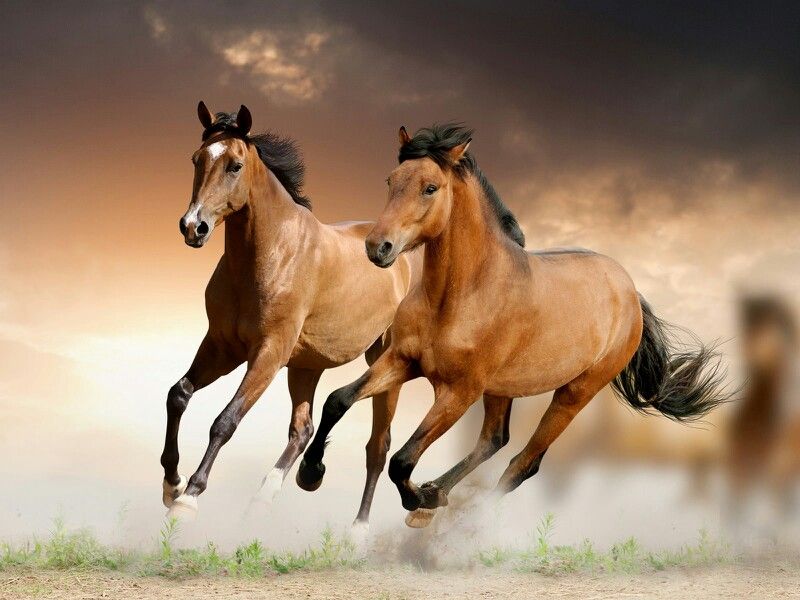The horse is an extinct odd-toed, multi-limb ungulates mammal. It is one of only two existing extant subspecies of Equus caballus and is also one of the twoeenth fossil species of the genus Equine. The first horse was probably no more than a few tens of thousands of years old. It is estimated that the horse’s population did not reach its extinction until after the Second World War.
Historically, there are four types of horses in the wild; the wild boar, the wild ass, the European wild-cat and the domestic dog. There are also many breeds of domestic horses today and they are widely used for riding, as both companions and for herding purposes. Although the history of wild horses is less well-documented than that of domestic horses, most experts agree that it is likely that the first wild horse rode upon the land in its natural habitat.
HORSE meat is generally considered to be tougher: than beef or pork. Although this may not always be true, the flavor is generally considered to be more like that of pork than that of beef or chicken. The main difference between the taste of horse meat and other similar animals raised for consumption is that grass fed (or grain fed) horses feed lower than other animals raised for meat and it is not unnatural, unlike in the case of animals raised for consumption. Most observers agree that the taste and smell of horsemeat are close to that of beef.
In a country where tradition dictates: that a virgin female horse must be killed and brought to the bridal bed of a maiden, so-called “virgin birth” is a crucial event in the life of a stallion. As with most things in the old world, however, the age of a stallion began to be regarded as starting at puberty and gradually progressed into old age. Traditionally, young male horses were threescore or fourty pounds and the young stallions were sold to apprentice drivers who would use them for hauling. When, through no fault of their own, the “virgin birth” was achieved by an accident or death of the young horse, the owner was liable to sell the animal to a legitimate shop.
Horses sent for slaughter are usually anaesthetized before they are killed: but some modern horses are treated with drugs to prevent pain during the procedure. Because the animal will be unable to feel pain, anesthetics are administered either orally or intravenously. The most commonly used anesthetics used for horse slaughter are pentobarbital or sodium thiopental, both of which are approved by the Food and Drug Administration and both of which have proven effective. After surgery, the wounds are dressed with ointments and bandages and the horses are driven about until death has taken place.
The mainstay of horsemeat markets is in Europe: where the majority of horses sent for slaughter are Thoroughbreds, but there are markets in the U.S., South Africa and Japan where Thoroughbreds are farmed. Overseas, Arabian horses are also raised for their meat.
Horsemeat is usually a by-product of dairy cattle, chicken and sheep and some animal owners are turning to horsemeat markets as an alternative to meat products like chicken and pork.




